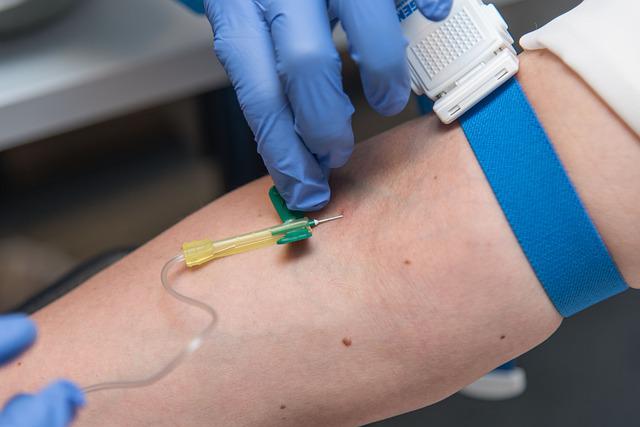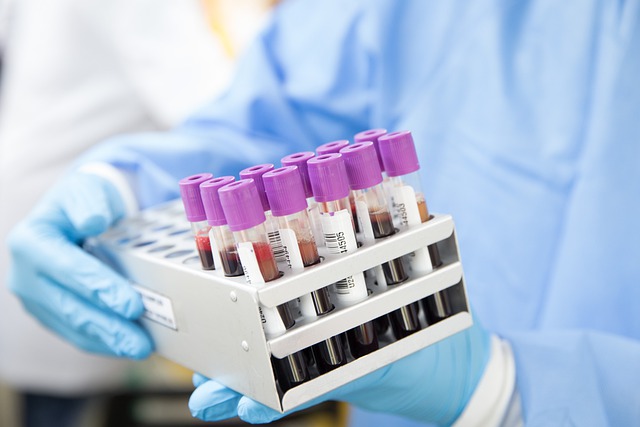Some people have heard that one tube of blood can check many indicators. Then why do you need to draw so many tubes of blood at one time? Will it cause anaemia if so much blood is drawn?
It is true that one tube of blood can test for a number of indicators. Nowadays, the testing technology is so advanced that you can test dozens of indicators with just one tube of blood. For example, a complete set of
biochemistry tests can be done with a single tube of blood to check liver function, kidney function, lipids, blood sugar, electrolytes and dozens of other indicators.
However, the blood taken for biochemistry cannot be used for routine blood tests, coagulation, tumour indicators, hepatitis B or HIV. For these items, a separate blood draw is required, using a different blood collection tube. The anticoagulants or other agents added to these blood collection tubes are not the same.
Furthermore, different reagents are required for different indicators. There are also different requirements for the blood specimens used. Some require whole blood, serum, and plasma. Therefore, multiple tubes of blood are required for testing.
Therefore, many of the indicators cannot be done with the same tube of blood and require different blood collection tubes. If you look closely, you will see that when the nurse draws your blood, there are many different coloured tubes. The "caps" on these tubes are different colours.
In order to distinguish the purpose of the blood collection tubes, different coloured caps are used internationally to mark them. For example
-
1. Red cap: this type of blood collection tube contains no additives and is mainly used for biochemical and immunological tests, such as liver and kidney function and rheumatological tests.
-
2. Yellow cap: the blood collection tube contains a procoagulant to accelerate clotting. It is used for emergency series of laboratory tests and for specimens requiring serum, such as tumour markers.
-
3. Green cap: Heparin anticoagulant tube, commonly used clinically for blood rheology and blood gas analysis.
-
4. Purple cap: EDTA anticoagulant tube, commonly used in clinical practice for haematological tests such as routine blood tests, blood group identification, cross-matching and glycated haemoglobin.
-
5. Black cap: LBP blood sedimentation tube, used for the examination of blood sedimentation.
So, although a tube of blood can be drawn to check many items, these items are in the same category. For example, one tube of blood can be used to check blood type and blood count. For different types of blood tests, different blood collection tubes are used, sent to different testing departments and different machines are used for the tests. For example, for routine blood tests, biochemistry and electrolytes, coagulation, hepatitis B, tumour indicators, thyroid function, etc., one tube of blood is required for each type of test.
Will drawing so much blood lead to anaemia?
Each tube of blood takes 2 to 5ml, so if we take 10 tubes of blood at a time, the maximum amount is 50ml. 7 to 8% of our body weight is blood, and a 60kg person has at least 4200ml of blood in their body. Drawing 50ml at a time will not cause anaemia.
The red blood cells in our body, which are supposed to be constantly dying and being renewed, have a life span of only 120 days. We are making blood in our body every moment. A little blood is drawn off and the body will replenish it quickly. As long as you don't have tens of millilitres of blood drawn every day, the effect on your body is not great.
All in all, different blood collection tubes are needed for different blood draws. The doctor will need to decide whether the blood needs to be drawn for laboratory tests according to the needs of the condition.



